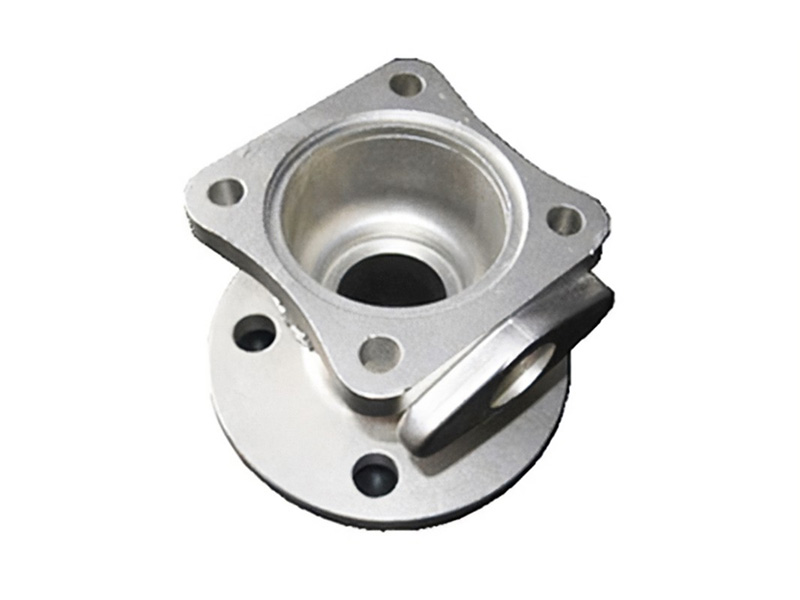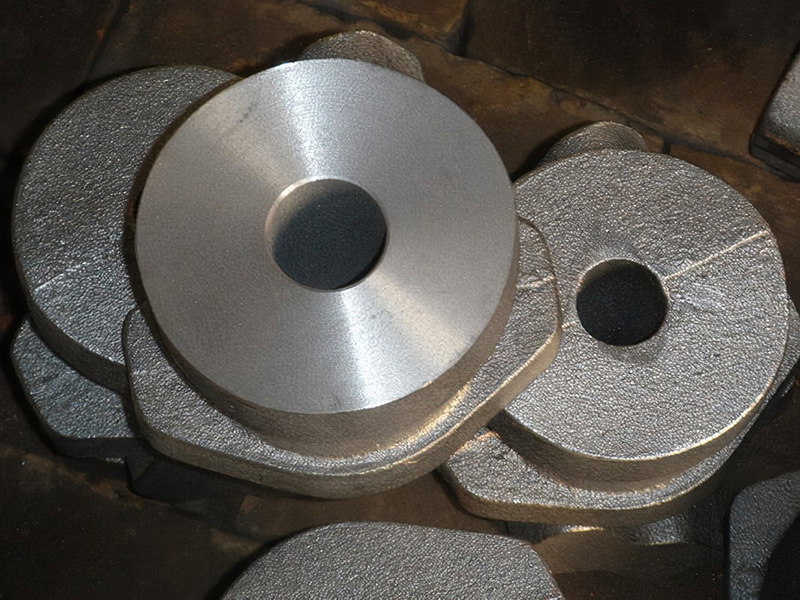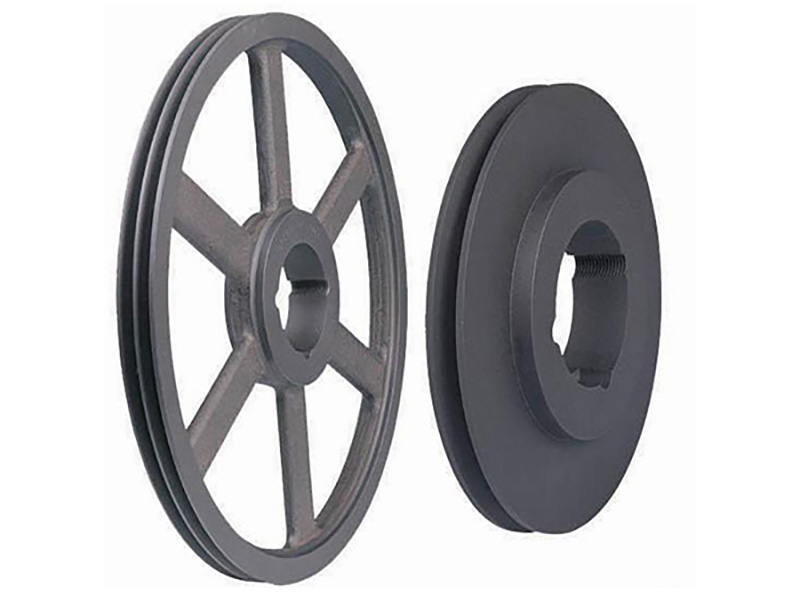

Increase the carbon content of white cast iron, hardness and wear resistance rise accordingly. But carbon reduces transverse fracture toughness and increases brittleness. The higher the carbon content, the lower the impact toughness, and the linear relationship is shown in Figure 1. The amount of brittle eutectic carbide increases with the increase of carbon content, and in addition, the hardenability is also reduced, so the selection of carbon content should be considered comprehensively.
The main functions of Chromium: Cr in white cast iron are to form carbides, improve corrosion resistance and stabilize microstructure at high temperature. Increasing the content of chromium and carbon will increase the amount of carbide, thus improving wear resistance but reducing toughness. With the increase of chromium content, the microstructure and properties of alloyed white cast iron change significantly, and the carbides change from (Fe, Cr)3C to (Fe, Cr)7C3. The hardness of carbide is significantly improved, and the toughness is also improved. Therefore, high chromium white cast iron has better toughness and strength than low alloy white cast iron in addition to its higher wear resistance. FIG. 2 shows the relationship between the mechanical properties of chromium and white cast iron. With the increase of Cr content, the strength and deflection change obviously. When the mass fraction of Cr is lower than 7%, there are continuous M3C carbides in the microstructure, which reduce the strength and deflection. The strength and deflection of Cr are improved due to the formation of discontinuous M7C3 carbides. The maximum performance was achieved when the mass fraction of Cr was increased to 12% ~ 19%. If the mass fraction of Cr is higher than 25%, the fracture becomes coarse-needled and hypereutectic carbides are formed. In addition, high chromium content increases the corrosion resistance and high temperature oxidation resistance of cast iron. The mass fraction of most high chromium cast iron Cr is between 11% and 23%, and the Cr/C ratio is between 4 and 8.

Molybdenum: Mo In white cast iron, 50% of the mass fraction is consumed to form Mo2C, 25% of the mass fraction goes into carbides, and 25% of the mass fraction Mo is dissolved into the metal matrix.The hardenability of cast iron is improved with the increase of Mo content. The ability of Mo to improve the hardenability of high chromium white cast iron is closely related to the cr/C ratio, as shown in Figure 3. When Mo is added with any element of Cu, Ni, Cr or Cr+Ni at the same time, the effect of improving hardenability is more obvious. In addition, Mo has the ability to replace Ni in Ni-Cr martensitic white cast iron.

Nickel: Ni is insoluble in carbide and all enter austenite, therefore, its role in improving hardenability can be fully played. Adding about 2.5% Ni to low chromium white cast iron can promote the formation of hard and fine pearlite in the microstructure. When w (Ni) & gt; 4.5% can prevent pearlite formation. Higher nickel content (W (Ni)& GT; 6.5%) can stabilize austenite and undergo martensite transformation at low temperature or in the as-cast state. For example, the microstructure of martensitic matrix +M7C3 eutectic carbide can be obtained under the condition of cast nickel hard white cast iron. For large section high chromium white cast iron, the addition of W (Ni)= 0.2% ~ 1.5% can inhibit pearlite formation, and the inhibition is more obvious when Ni and Mo are added simultaneously.

Copper: In low chromium and high chromium martensitic white cast irons, copper inhibits pearlite formation. Due to the limited solubility of Cu in austenite, it can not be added too much, w(Cu)< Therefore, Cu cannot replace Ni in nickel hard cast iron. When Cu and Mo are added together, hardenability can be significantly improved. However, excessive Cu will cause the increase of residual austenite and affect the wear resistance of materials. Reducing the amount of carbon and chromium in cast iron can reduce the austenite stability, but at the same time, the martensite volume will decrease, resulting in the decrease of hardness.
Vanadium: V is a strong carbide-forming element. Primary carbides, or secondary carbides, are formed in the as-cast state, increasing the degree of cooling. The strong chilling effect of vanadium in thin-walled castings can be balanced by Ni, Cu or increasing the content of C and Si. In addition, a small amount of vanadium, such as W (V)= 0.1% ~ 0.5%, can refine the coarse columnar crystals. Due to the combination of vanadium and carbon in the molten solution, the amount of carbon in the matrix is reduced, which increases the martensite transformation temperature and promotes the complete transformation of martensite under casting conditions.
Silicon: Si is a restricted element in white cast iron because it increases the activity of carbon and tends to promote the formation of graphite, preventing the formation of white. In addition, silicon reduces hardenability, easy to promote the formation of pearlite, affecting the wear resistance of materials. Low alloy white cast iron w(Si)= about 1%; The silicon content of high chromium white cast iron is usually controlled at W (Si)= 0.4% ~ 0.7%. Si is too low (e.g. W (Si)< 0.4%) is not good for deoxidation. Contrary to the general conclusion, Si tends to increase the amount of (Fe, Cr)7C3 carbides in medium chromium white cast iron.

For Further Details,Please Feel Free To Contact Us: